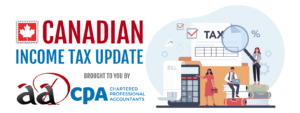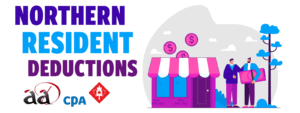Category Archives: Business
Types of Corporations in Canada
Breaking Down the Types of Corporations within Canada When filing corporate taxes and applying for[Read More]
17
Aug
Aug
Transaction Records for Tax
Breaking Down the Business Transaction Records Needed for Your Future Tax Filing as per the[Read More]
10
Aug
Aug
Accessing the CRA’s Digital Services
Updates to the CRA’s Digital Services and How to Access Them This year has brought[Read More]
02
Aug
Aug
Small to Medium Business Audits
Small & Medium Business Audits in Canada With the changes to our economy from the[Read More]
04
Jul
Jul
Northern Resident Tax Deductions
What are the Northern Resident Tax Deductions? Northern Resident Tax Deductions involve the following two[Read More]
01
Jul
Jul





